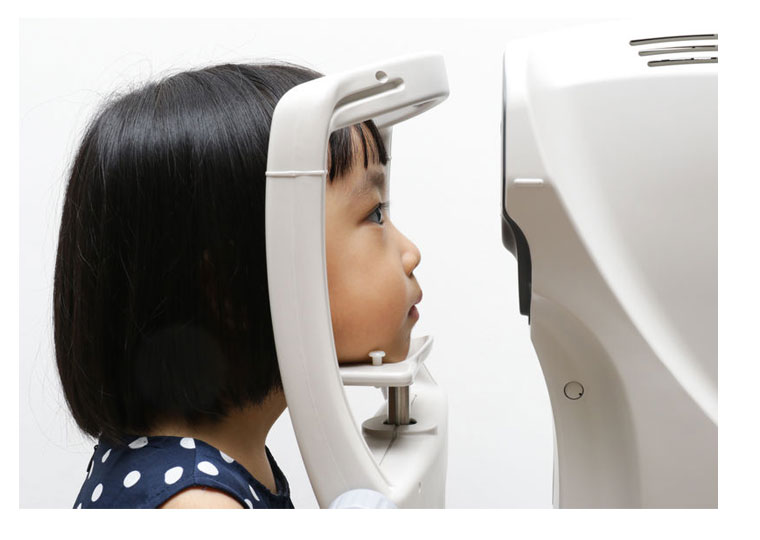Open by appointment only 604-859-2015. Masks are required.
Thank you for your patience
Eye Health for Infants
Newborns have all the ocular structures necessary to see, although they are not yet fully developed. At birth, your baby can see blurred patterns of light and dark.
 During the first four months, their visual horizon will expand from a few centimeters to many meters. Their vision will become clearer and colour vision will begin developing. Their two eyes will start working together. By four months of age, an infant’s colour vision is similar to an adult’s, and by the sixth month, your baby will acquire eye movement control and develop eye-hand co-ordination skills.
During the first four months, their visual horizon will expand from a few centimeters to many meters. Their vision will become clearer and colour vision will begin developing. Their two eyes will start working together. By four months of age, an infant’s colour vision is similar to an adult’s, and by the sixth month, your baby will acquire eye movement control and develop eye-hand co-ordination skills.
For the first six months, an infant’s eyes can appear crossed or out of alignment, but this is usually normal. However, if your infant’s eye remains misaligned after six months of age, contact your local optometrist immediately. They may have strabismus, or “crossed eyes,” a condition that needs to be treated with eyeglasses, contact lenses, prisms and/or vision therapy and in extreme cases, surgery.
Another condition that can develop within the first six months of your baby’s life is “lazy eye,” or amblyopia. This condition describes weak vision or vision loss in one eye that may not be fully correctable with lenses alone. It usually develops in children before age eight. It’s important to treat amblyopia early – with vision therapy, eyeglasses and contact lenses, or a patch – as treatment becomes very difficult later on. Untreated, amblyopia can lead to total blindness in the affected eye.
Visual abilities play a big role in early development. Seeing an optometrist at this time can prevent potentially vision-threatening disorders.
Eye Care Questions?
To speak to our eye care clinic's professional optometrists, contact us.








































